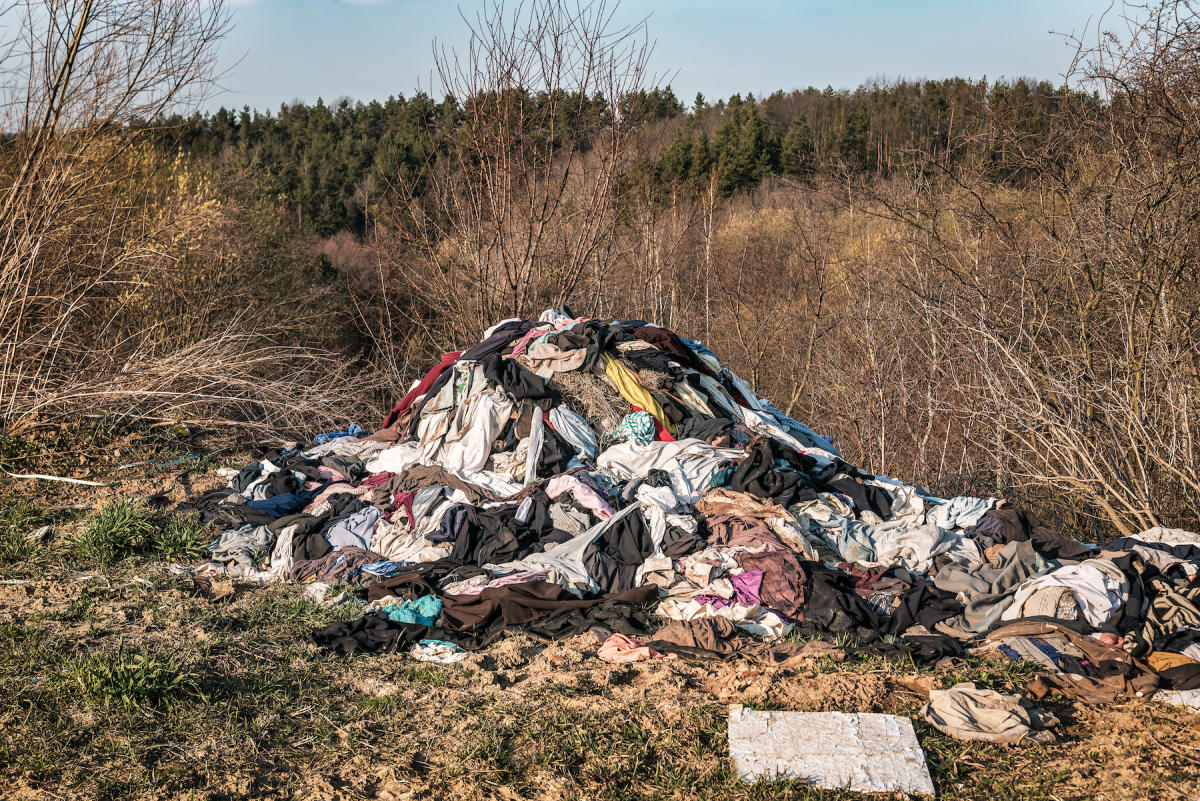Fashion
Australia’s Seamless Scheme, Taxing Fast Fashion, Takes Effect

Australians, on average, purchase 56 new garments a year, with each piece selling for an average of $13 Australian dollars ($8.65), per a recent report from the independent think tank Australia Institute. That’s less than $500 spent a year despite grabbing a new frock roughly once a week, give or take. And those less-than-$10 outfits are only worn about seven times before being discarded.
Considering Australians are the biggest clothing consumers in the world per capita, the Land Down Under has got a 300,000-ton mountain of textile waste problem mounting.
More from Sourcing Journal
That’s why the federal government introduced Seamless: a clothing product stewardship scheme hoping to make apparel circular by 2030. Set to take effect on July 1, members of the scheme—62 brands thus far—will contribute $0.04 Australian (just under three cents) for every new garment placed on the Australian market, the institute said.
While Nina Gbor, circular economy and waste program director at the Australia Institute, commends the government for taking the initiative to back a scheme addressing the commonwealth’s “enormous” textile waste problem, it’s not nearly enough. To adequately cover what’s needed to create a circular economy by 2030—considering reuse, collection, sorting, decommissioning, recycling, transportation and labor, among other elements—Gbor argues that a 50 cents contribution is a more realistic figure.
“There is speculation that the $0.04 levy of Seamless will be raised to a higher fee in the future,” Gbor said in a statement. “In its first 12 months, however, it is likely the initial goals of Seamless may focus on developing better circular design practices.”
To really bolster the scheme’s likelihood of success, Gbor continued, membership should be mandatory for all businesses putting products on the Australian market—including ultra-fast fashion players like Shein and Temu, which are projected to make more than $2 billion in sales (in Australia) this year alone, per the Australia Institute. As a direct result of these sales, Australian clothing businesses cannot compete. Local brands are being forced to shutter operations, thereby eliminating existing (and future) jobs and preventing Australia’s “nascent” textiles industry from growing and contributing to the economy.
According to an industry modeling report from the Australian Fashion Council (AFC), the clothing and textiles industry contributes over $27.2 billion to Australia’s economy and employs over 489,000 Aussies. The AFC speculates that the sector has the potential to grow by $10.8 billion over the next decade, forging a path toward a circular industry that contributes over $38 billion to the local economy while providing over 575,000 jobs.
But to make that happen, the Australia Institute called for some “heavy investments” to be made “over a long period of time” for a truly circular Australian textiles industry.
For starters, Gbor looks to France for inspiration.
French Parliament member Antoine Vermorel-Marques of the Les Républicains (LR) party’s proposed bill aimed at decreasing the prevalence of fast fashion in France. “Demodernizing fast fashion with a bonus-malus system” proposes a penalty of 5 euros (roughly $5.34) per product for producers who put more than a thousand new models on the market daily. Gbor believes the government should implement a tax on fast fashion—à la the French government imposing an estimated $16 to every fast fashion item—and use the revenue raised to invest back into domestic businesses with circular principles.
“There are people who are understandably upset by our recommendation for a similar tax on fast fashion in Australia because businesses will push the costs onto consumers,” Gbor said, clarifying that the policy isn’t targeted toward those caught in the cost-of-living crisis. She does, however, point out alternatives to fast fashion like buying secondhand. “The most critical factor is for people to extend the life of their clothing and use them for as long as possible.”
Gbor also acknowledges the issues on the other side of the supply chain: textile waste exports. The scheme only addresses the 200,000 tons of waste that end up in domestic dumps and “fails to address” the remaining 100,000 tons of Australian clothes that end up in other countries’ landfills.
The solution, Gbor suggests, is to ban textile waste exports—fast.
“With clothing waste levels likely to grow—and rising sentiment for environmental and health protection in many foreign countries—it is a strong possibility that global legislation will stop us from exporting clothing waste,” she continued. “It’s best we avoid another situation like China in 2018 and get ahead of this crisis by drastically reducing waste, scaling domestic recycling of all textiles waste here in Australia and banning export waste immediately.”
Gbor and the Australia Institute acknowledge there is no quick fix. But that’s no reason not to try.
“Regardless of what other countries are doing, Australia is capable of being a global leader in circular and sustainable textile policies and could act as a model for other countries to emulate,” Gbor said. “History is littered with similar circular economy programs that, although started with good intentions, ultimately failed…It would be a disaster if Seamless were to join this list of failed schemes and the promises and potential of a domestic circular textiles industry go unfulfilled.







:max_bytes(150000):strip_icc()/roundup-writereditor-loved-deals-tout-f5de51f85de145b2b1eb99cdb7b6cb84.jpg)


